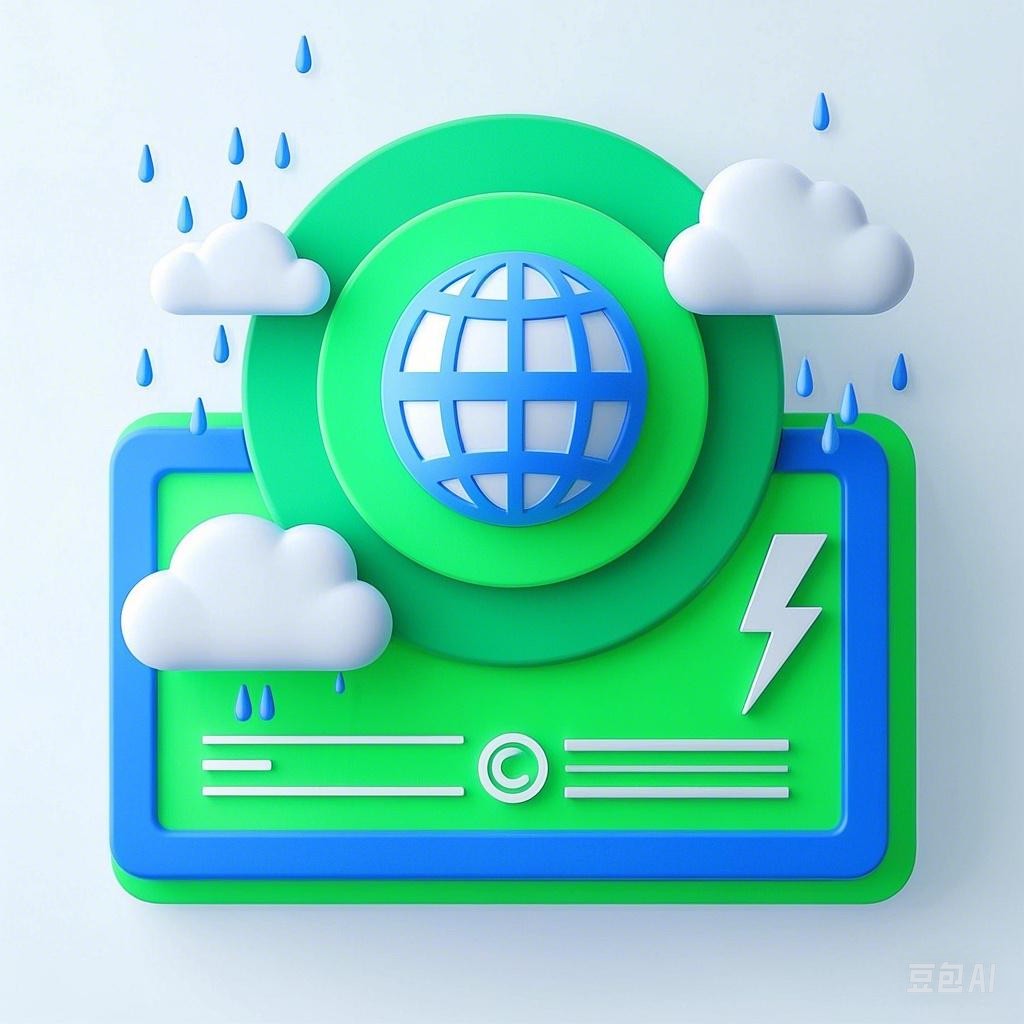Introduction
Drought and flood disasters are two of the most devastating natural calamities that can occur in any region. They have the potential to disrupt livelihoods, damage infrastructure, and cause loss of life. Effective strategies are crucial in mitigating the impact of these disasters. This article aims to provide a comprehensive overview of various strategies to combat drought and flood disasters, focusing on prevention, preparedness, response, and recovery.
Prevention
1. Water Resource Management
Proper water resource management is essential in preventing both drought and flood disasters. This includes:
- Water Conservation: Implementing water-saving technologies and practices in agriculture, industries, and households.
- Water Recycling: Reusing treated wastewater for irrigation and industrial purposes.
- Dams and Reservoirs: Constructing dams and reservoirs to store water during rainy seasons and release it during dry spells.
- Rainwater Harvesting: Collecting and storing rainwater for future use.
2. Land Use Planning
Sustainable land use planning can help reduce the risk of both drought and flood disasters. This includes:
- Agricultural Practices: Promoting water-efficient agricultural practices, such as precision irrigation and mulching.
- Forest Management: Reforestation and sustainable forest management to prevent soil erosion and maintain water cycles.
- Urban Planning: Developing flood-resistant infrastructure and designing green spaces to absorb excess water.
Preparedness
1. Early Warning Systems
Establishing early warning systems is crucial for timely response to drought and flood disasters. This includes:
- Meteorological Data: Utilizing advanced meteorological technologies to predict weather patterns and identify potential disasters.
- Satellite Imagery: Using satellite imagery to monitor water levels, soil moisture, and land use changes.
- Community Engagement: Educating local communities on the importance of early warning systems and their proper use.
2. Emergency Response Plans
Developing comprehensive emergency response plans is essential for an effective disaster management strategy. This includes:
- Evacuation Routes: Identifying safe evacuation routes and establishing emergency shelters.
- Infrastructure Protection: Strengthening critical infrastructure, such as bridges, roads, and dams, to withstand extreme weather conditions.
- Communication Networks: Ensuring reliable communication networks for coordination during disasters.
Response
1. Immediate Relief Efforts
During the onset of a disaster, immediate relief efforts are crucial to save lives and minimize damage. This includes:
- Search and Rescue Operations: Conducting search and rescue operations to save trapped individuals.
- Food and Water Distribution: Distributing food, water, and medical supplies to affected areas.
- Health Services: Providing medical assistance and mental health support to disaster victims.
2. Infrastructure Repair
Rebuilding and repairing infrastructure damaged by drought and flood disasters is essential for long-term recovery. This includes:
- Damages Assessment: Conducting thorough damage assessments to identify critical areas requiring repair.
- Reconstruction: Reconstructing damaged infrastructure with improved resilience to future disasters.
- Insurance: Encouraging the use of insurance to mitigate financial losses associated with disasters.
Recovery
1. Community Reconstruction
Community reconstruction focuses on restoring the affected community’s social and economic well-being. This includes:
- Job Creation: Promoting job creation and economic opportunities in disaster-affected areas.
- Education and Training: Providing education and training programs to enhance the community’s resilience to future disasters.
- Social Support Services: Establishing social support services to help individuals and families recover from the emotional and psychological impact of disasters.
2. Policy and Legislation
Developing and implementing policies and legislation to address the root causes of drought and flood disasters is essential for long-term mitigation. This includes:
- Environmental Protection: Strengthening environmental protection laws to prevent deforestation and soil erosion.
- Land Use Regulations: Enforcing land use regulations to ensure sustainable development.
- Climate Change Adaptation: Investing in climate change adaptation measures to reduce the vulnerability of communities to extreme weather events.
Conclusion
Combating drought and flood disasters requires a multi-faceted approach that includes prevention, preparedness, response, and recovery. By implementing the strategies outlined in this article, communities and governments can reduce the risk and impact of these devastating natural calamities.
